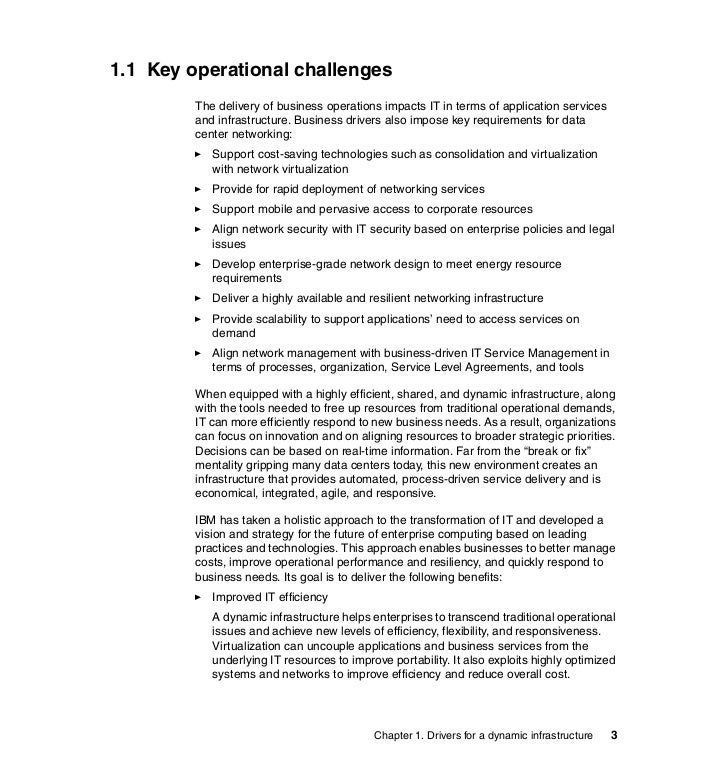Data Center Demand Drivers
The last decade witnessed prolific growth in the number of data centers around the world to cater to the needs of global and local enterprises. An increasing number of businesses have adopted data centers to be more competitive and reap greater benefits while producing vast amounts of data. In the past, enterprises often faced the downside of a slight latency in information being, retrieved thereby seeing their performance affected. Post 2012, a tremendous increase in Internet traffic, data volume, and storage requirement due to the increased adoption of cloud-based services, gave rise to a new set of data centers called edge data centers. These are integrated units that contain cooling systems, UPS, fire suppression systems, etc. And serve 50%–75% traffic of the local users, There are many factors driving the global data center on demand (DCoD) market. The growing demand for edge data centers, is expected to be one of the major drivers of the market.
How will the aging of the baby boomers affect housing demand? And how can we leverage this demographic shift to increase our population and reduce blight? Demand Drivers for a Cloud Based Data Center. Managing a data center is a constant race to keep pace with various elements including, new technology, new security.
This growing demand for edge data centers is originating from enterprises due to their low cost of ownership and their ability to reduce data traffic in core networks and resolve latency issues. Such benefits are expected to propel the market. The growing number of vendors offering data center on demand solutions is also driving the market. This is owing to the fact that more large organizations entering the DCoD business to accommodate the customer needs for mobile data center and data center commission in a small span of time.
Also, the requirements of complexity reduction of traditional data centers and the need for quick data center commissioning are some of the factors propelling the market’s growth. Moreover, data center and carrier hotel providers are also expanding their edge network of the data center that is further expected to drive the market. There are many restraints on the global DCoD market. Regardless of technical innovations, the high chances of operational failure of a DCoD as compared to a traditional data center is one of the major restraints on the global DCoD market. Moreover, DCoDs are vulnerable to single-point failure and security threats, which are expected to restrain the market’s growth. The global DCoD market can be segmented on the basis of product, industry vertical, and region. On the basis of product, the market can be divided into facility containers, IT containers, and all-in-one containers.
On the basis of industry vertical, the market can be divided into BFSI, government and defense, energy and oil & gas, IT, retail, and telecommunications & CSPs. On the basis of region, the market can be divided into North America, Asia Pacific, Middle East and Africa, Europe, and South America. Europe is expected to hold a substantial share of market and witness prominent growth.
North America is anticipated to follow Europe in terms of market share and growth. Some of the major players in the global DCoD market are BladeRoom Group Ltd., Bull SAS, Cirrascale Corporation, Cisco Systems, Inc., Commscope Inc., Dell Technologies Inc., Elliptical Mobile Solutions, Emerson Network Power, Hewlett Packard Enterprise, Huawei Technologies Co. Ltd., IBM, Modular Data Centers Stockholm AB, Rittal Systems Ltd., Schneider Electric SE, and ZTE Corporation. The report offers a comprehensive evaluation of the market.
It does so via in-depth qualitative insights, historical data, and verifiable projections about market size. The projections featured in the report have been derived using proven research methodologies and assumptions. By doing so, the research report serves as a repository of analysis and information for every facet of the market, including but not limited to: Regional markets, technology, types, and applications. The study is a source of reliable data on:. Market segments and sub-segments.
Market trends and dynamics. Supply and demand. Market size.
Current trends/opportunities/challenges. Competitive landscape. Technological breakthroughs. Value chain and stakeholder analysis The regional analysis covers:.

North America (U.S. And Canada).
Latin America (Mexico, Brazil, Peru, Chile, and others). Western Europe (Germany, U.K., France, Spain, Italy, Nordic countries, Belgium, Netherlands, and Luxembourg). Eastern Europe (Poland and Russia).
Asia Pacific (China, India, Japan, ASEAN, Australia, and New Zealand). Middle East and Africa (GCC, Southern Africa, and North Africa) The report has been compiled through extensive primary research (through interviews, surveys, and observations of seasoned analysts) and secondary research (which entails reputable paid sources, trade journals, and industry body databases). The report also features a complete qualitative and quantitative assessment by analyzing data gathered from industry analysts and market participants across key points in the industry’s value chain. A separate analysis of prevailing trends in the parent market, macro- and micro-economic indicators, and regulations and mandates is included under the purview of the study. By doing so, the report projects the attractiveness of each major segment over the forecast period. Upcoming Reports.
Wi-Fi (Wireless Fidelity) is a technology that uses radio waves to provide network connectivity. Wi-Fi offers flexibility, mobility, and fast speed for devices. Wi-Fi is a highly cost effective technology with low power consumptions and high bandwidt.

Demand Data Set
Management of waste has been a critical concern for the sustainable growth of a country. Waste management is a process of collection, transportation, and disposal of sewage, garbage, and other waste products. Virtual private network (VPN) is the term generally used to describe a communication network. The network that secure a connection network by using combination of various technologies tunneled through an otherwise untrusted or unsecured network. Veterinary test is a medical process which involves the diagnosis and prevention of disease in animals and their treatment. Utility communication is a set of technologies and devices used to coordinate various parts of a complicated utilities distribution system.